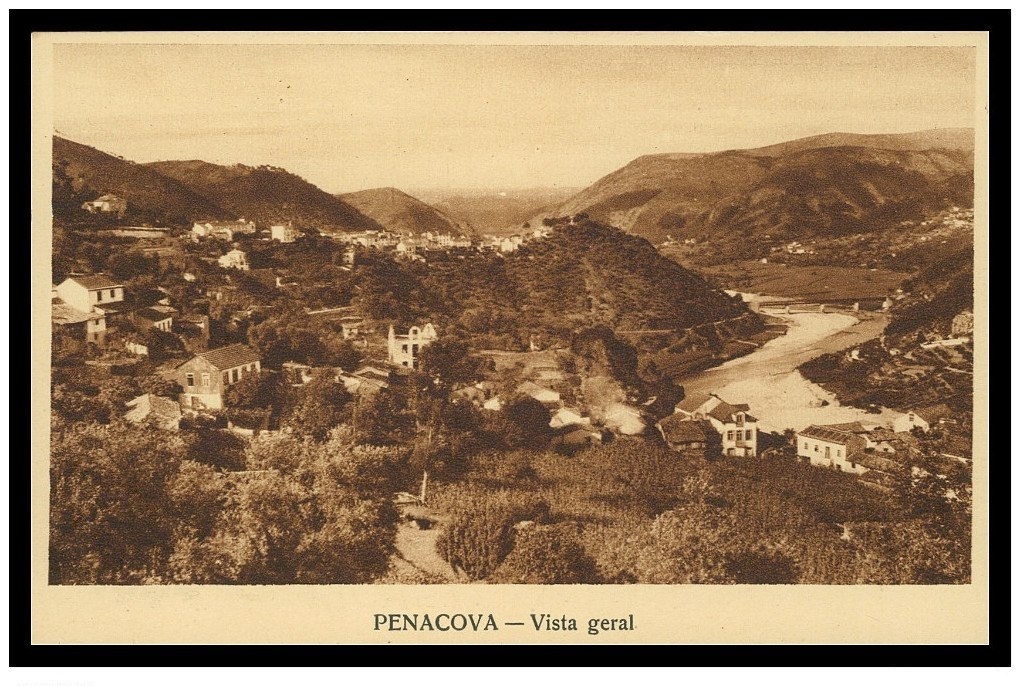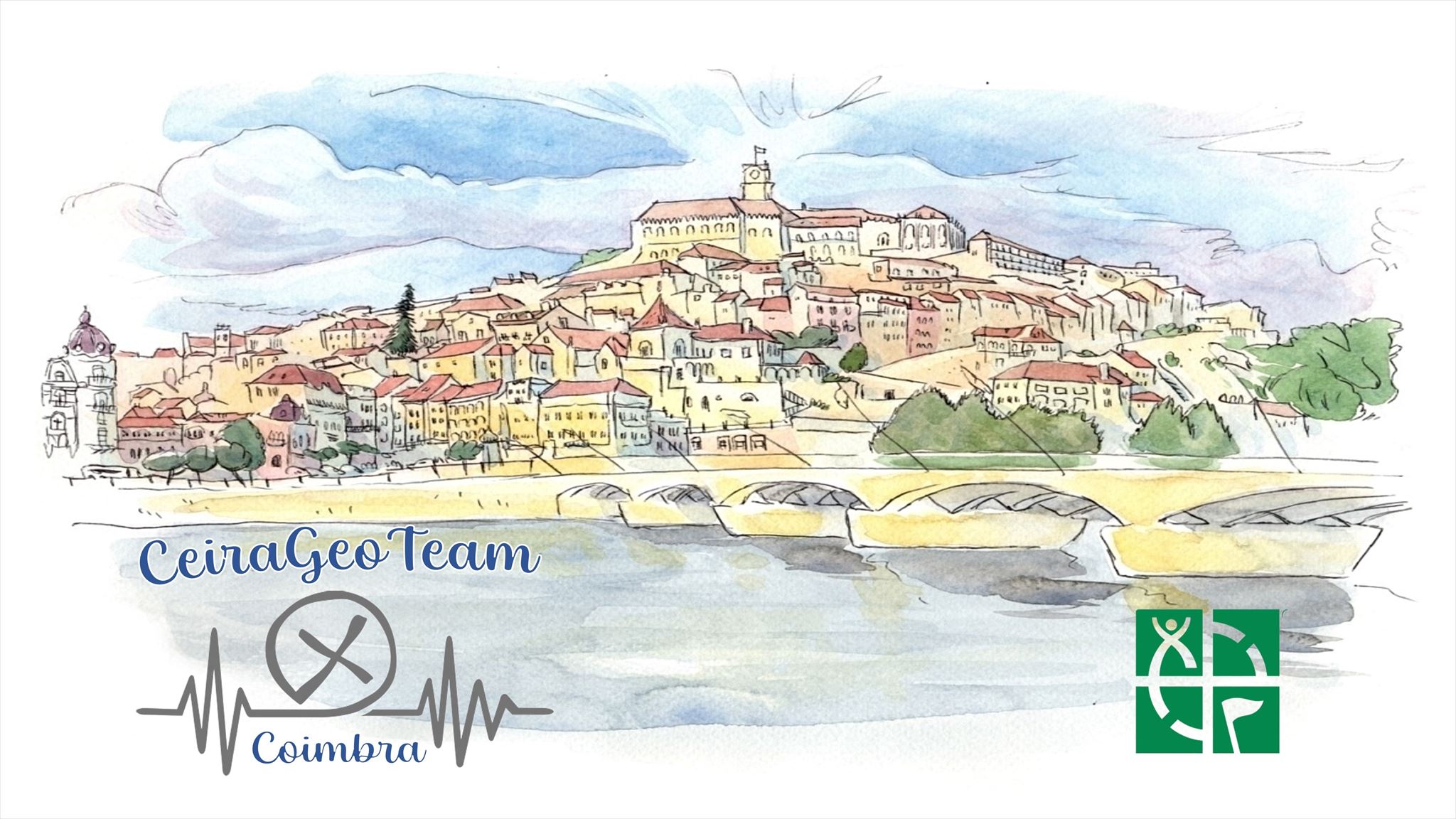

 [PT]Esta cache encontra-se num local com horário e pode ser descoberta no seguinte Horário:
[PT]Esta cache encontra-se num local com horário e pode ser descoberta no seguinte Horário:
Horário Letivo (de Outubro a Junho): de 2ª a 6ª Feira das 9h00 às 18h00 e Sábados das 9h00 às 13h00. Encerra aos Domingos e Feriados.
Horário nas Interrupções Letivas (meses de Julho, Agosto e Setembro): de 2ª a 6ª Feira (Julho e Setembro) das 9h00 às 18h00 e de 2ª a 6ª Feira (Agosto) das 9h00 às 17h00. Encerra aos Sábados, Domingos e Feriados.
A entrada é gratuita, tanto no acesso à cache como na visita ao espaço. Podem identificarem-se como Geocachers que os funcionários têm conhecimento da existência do tesouro!
A cache não se encontra nas coordenadas indicadas. Trata-se de uma Letterbox Híbrida de fácil resolução e de apenas 2 pontos (inicial e final)! Para chegarem às coordenadas finais têm de resolver um pequeno puzzle nas coordenadas iniciais, bastando para tal responder à pergunta que consta na listing abaixo e validar a mesma no CERTITUDE! Chegados ao container final têm de decifrar dois puzzles!
Não publiquem fotos da cache para não estragar a surpresa aos próximos geocachers que a pretendam encontrar pois as mesmas serão apagadas! Aproveitem e carimbem este momento em que a história de Penacova se funde com o Geocaching.😊 É importante ler a listing abaixo, têm lá toda a informação que necessitam! Alguma ajuda, estejam à vontade para contactar.
 [EN] This cache is located in a place with a timetable and can be discovered at the following timetable: Teaching Schedule (from October to June) - Monday to Friday from 9:00 am to 6:00 pm and Saturdays from 9:00 am to 1:00 pm. Closed on Sundays and Holidays. Opening hours for School Breaks (July, August and September) - Monday to Friday (July and September) from 9:00 am to 6:00 pm and Monday to Friday (August) from 9:00 am to 5:00 pm. Closed on Saturdays, Sundays and Holidays.
[EN] This cache is located in a place with a timetable and can be discovered at the following timetable: Teaching Schedule (from October to June) - Monday to Friday from 9:00 am to 6:00 pm and Saturdays from 9:00 am to 1:00 pm. Closed on Sundays and Holidays. Opening hours for School Breaks (July, August and September) - Monday to Friday (July and September) from 9:00 am to 6:00 pm and Monday to Friday (August) from 9:00 am to 5:00 pm. Closed on Saturdays, Sundays and Holidays.
Entrance is free, both in accessing the cache and visiting the space. They can identify themselves as Geocachers that the employees are aware of the existence of the treasure!
The cache is not located at the indicated coordinates. It is a Hybrid Letterbox with easy resolution and only 2 points (initial and final)! To reach the final coordinates, they have to solve a small puzzle in the initial coordinates, simply answering the question in the listing below and validating it in CERTITUDE! Arriving at the final container, they have to decipher two puzzles!
Do not publish photos of the cache so as not to spoil the surprise for the next geocachers who want to find it, as they will be deleted! Enjoy and stamp this moment when Penacova's history merges with Geocaching.😊 It's important to read the listing below, they have all the information you need there! Any help, feel free to reach out.
 [PT]
[PT]
Descrição:
“Eis ahi uma das povoações mais antigas de Portugal, senão que a península; dil-o o seu proprio nome, derivado do ‘Pen’ cantabrico, que soa como ‘rapes’ ou ‘mons praeruptus’ no latim; ‘pena’ no hespanhol e no portuguez como ‘penha’ ou ‘monte escarpado’; pois que n’estes taes edificavam os primeiros habitadores de Hespanha suas povoações acastelladas.”
(Barbosa , in Secco 1853:110)

Penacova conta com uma história milenar, com figuras imponentes que deixaram a sua obra ou tornaram-se personalidades distintas no concelho. Pelo seu vasto património e paisagens inspiradoras, Penacova atraiu sempre figuras importantes para o seu território. Viu também crescer personalidades que extravasaram as fronteiras do concelho, oferecendo a sua arte ou talento a outras partes do país ou outros países.

O topónimo "Penacova" deriva da aglutinação dos elementos "Pen" - vocábulo cantábrico que originou a palavra portuguesa penha (monte, rochedo) - e "Cova", que deriva do facto da eminência rochosa se erguer de um vale profundo. A explicação popular atribui o nome da vila à existência de muitos corvos na Penha dos Corvos evocando para justificação os dois corvos que figuram no brasão de armas da vila.

O lugar de "Penna Cova" tem origem anterior à fundação da nacionalidade, desconhecendo-se a data da sua fundação. Existem dúvidas se será fruto da reconquista de D. Afonso III das Astúrias, no fim do século XI, ou se terá origem na vila rústica de "Vila Cova", hoje Granja do Rio.

Aquando do povoamento, na região de Coimbra, poderá não ter havido, no período de 987 a 1064 (data da reconquista definitiva de Coimbra por Fernando Magno), maior crescimento do que aquele que naturalmente derivou da população existente: não terá havido imigração de Cristãos nem talvez, por outro lado, grande afluxo de Muçulmanos. O certo é que só duas aldeias aparecem, pela primeira vez, na documentação: Ourentã (em 1017) e Penacova (1036).


Apesar de ser clara, para todos, a existência de um Castelo, em Penacova, bem como a sua localização no Monte da Senhora da Guia, não se conhecem fontes que precisem a data da sua fundação e até mesmo do seu abandono, sabendo com toda a certeza que existem referências ao Castelo de Penacova, no séc. X.
Embora se identifiquem diversos testemunhos da passagem dos primitivos povoadores da península Ibérica na região (Fenícios, Romanos, Visigodos e Muçulmanos), nenhum se radicou permanentemente na área do castelo. Historiograficamente, Pinho Leal é o único a afirmar a existência de um castelo no local, localizando-o no monte Sul, onde depois se construiu a Igreja Matriz. Outros autores lembram que a expressão pena, geralmente se refere, à época, a um pequeno castelo sobre um afloramento rochoso.
A construção desse castelo, é atribuída ao conde Sesnando Davides, governador da circunscrição conimbricense, cujo mandato lhe foi outorgado por Fernando Magno, soberano que havia conquistado Coimbra aos mouros desde 1064, trazendo a Reconquista cristã da península Ibérica até à região.
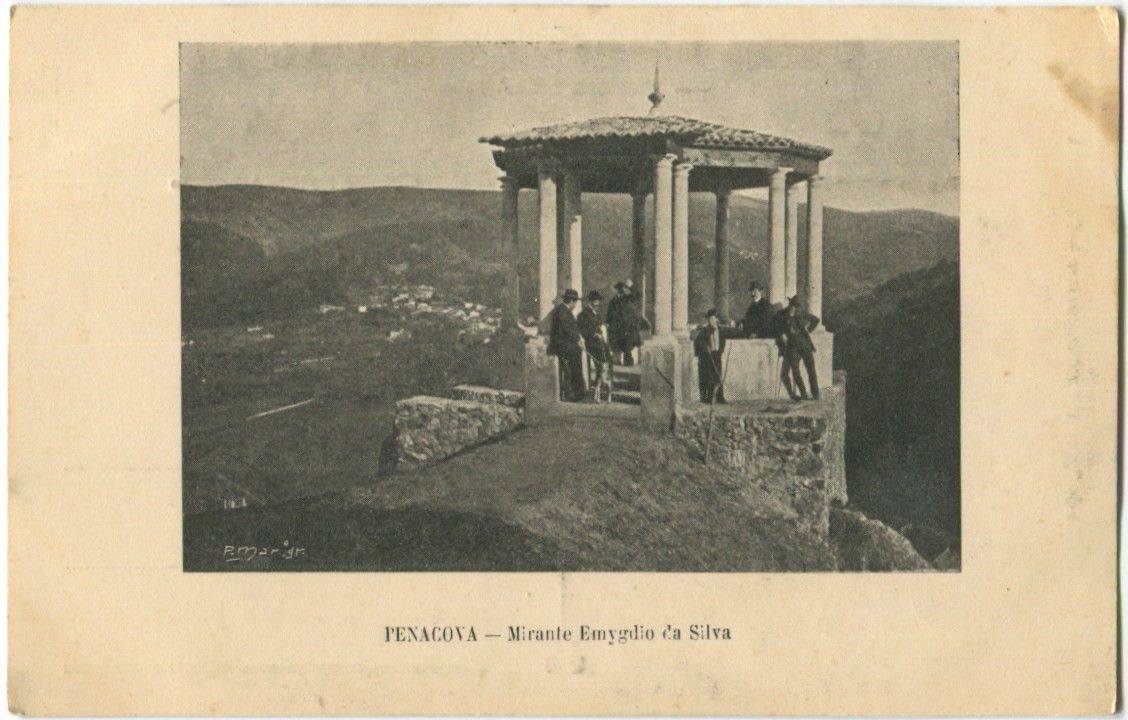
O senhorio da vila de Penacova foi atribuído por Carta Régia a 1 de Março de 1422 pelo Mestre de Avis, na qualidade de regedor e defensor do reino a Nuno Fernandes de Cordovelos. Começou assim a linhagem dos “senhores de Penacova “ que haveria de passar pelos Ataídes, os condes de Odemira e terminar nos duques de Cadaval.
Em 1605, no reinado de D. Filipe II, foi elevada à categoria de Concelho, pertencendo à correição de Coimbra.
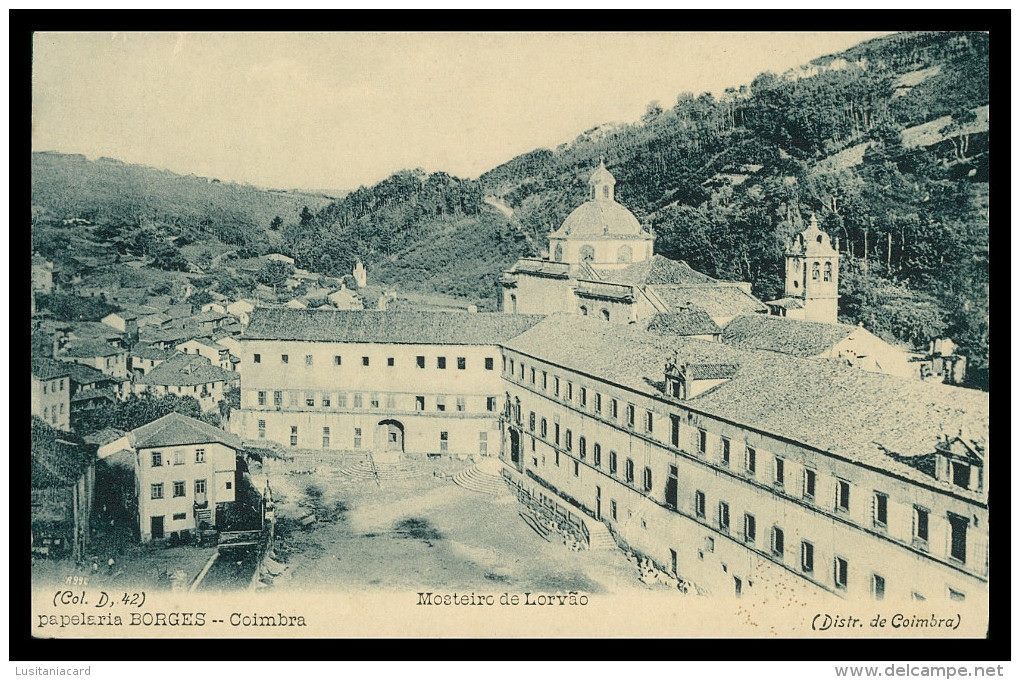
Penacova está intimamente ligada à Batalha do Buçaco que teve lugar em Setembro de 1810 e foi a primeira derrota francesa durante a terceira invasão. O eixo Penacova-Mealhada-Mortágua foi o terreno onde teve lugar essa batalha, tendo sido em Penacova que ocorreu a passagem das tropas anglo-lusas em direção ao Bussaco, atravessando o vale do Rio Mondego.



O antigo Preventório de Penacova, projeto do arquiteto Luís Benavente e atualmente reformulado como Hotel, foi inaugurado em 1934 e constitui ao longo de grande parte do século XX, e início deste século, um marco importante, bem como uma referência para as pessoas da região e não só. Inicialmente tratando-se de um lugar com um cariz vocacionado para o exercício de uma prevenção médica e social, e recentemente direcionado como pólo de atração turística.
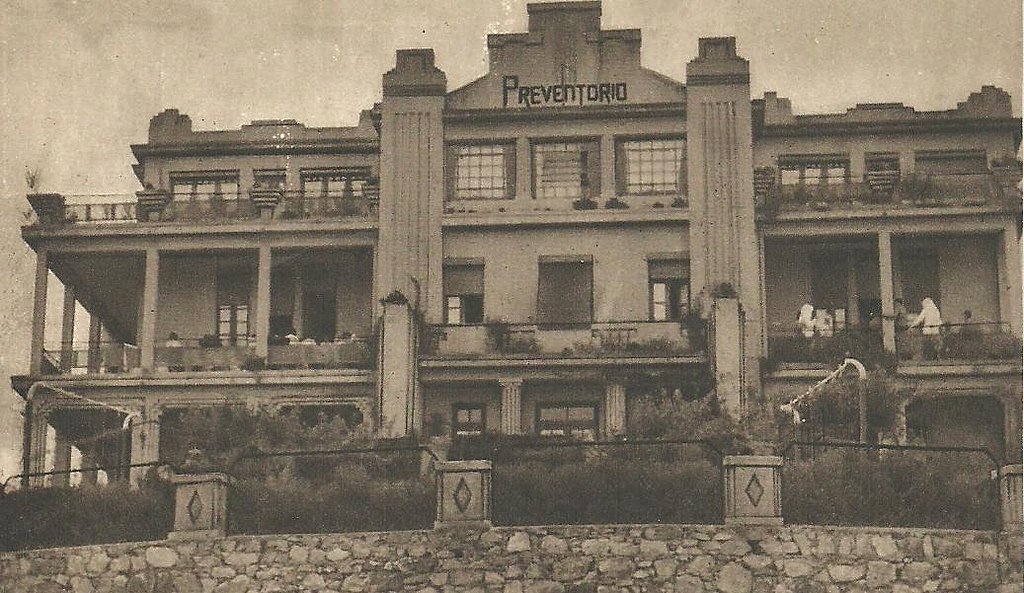
Fonte: cm-penacova.pt

A Cache:
Esta Letterbox Híbrida foi desenvolvida com imenso gosto e dedicação, e está relacionada com o local e temática. Encontrem-na e aproveitem a visita a este local, onde a cultura acontece, para conhecer mais da história de Penacova, história essa que calcorreia por entre estantes e estantes carregadas de memórias!
A cache foi colocada no local com o conhecimento e respetiva autorização dos responsáveis do Município de Penacova e da Biblioteca Municipal, aos quais agradecemos os contactos, reuniões e visitas efetuadas para que tal fosse possível, especialmente um grande bem-haja a Miguel Gonçalves – Chefe de Divisão de Turismo e Cultura da CMP e a Álvaro Coimbra – Presidente da CMP.
Pergunta para descobrir o Ponto Final desta Letter:
Nas coordenadas iniciais vais encontrar uma placa de inauguração do espaço. Qual o nome do Presidente do Município que se encontra escrito na placa? (Escreve com maiúsculas e sem espaços!)
Valida a tua resposta no CERTITUDE e descobre a localização final desta cache.
Levem caneta para registar a visita. Como conteúdo inicial, o container final contém, Logbook, Stashnote, Carimbo e um pequeno bloco de notas onde podem carimbar uma folha e levar a mesma. Permite a troca de pequenos brindes, TB’s, Geocoins, etc. Peço que deixem tudo tal e qual como encontraram ou ainda melhor e se acontecer alguma coisa com a cache, peço que nos informem. A durabilidade da cache depende de todos! Fotos da cache, do interior e do cantinho onde se encontra serão apagadas de forma a manter a surpresa para futuros geocachers que a procurem. Podem dar dicas mas sejam discretos nos comentários.
Algumas orientações e conselhos a terem na realização/abertura desta cache e puzzles:
- Devem retirar e recolocar no mesmo sítio todos os itens da cache, tal e qual como os encontraram (têm sítios e posições específicas). Todos os diferentes objetos são fundamentais para a cache e em momento algum devem ser retirados/levados!;
- Tenham atenção a todos os pormenores que envolvem esta cache. Sejam subtis e vão encontrar algumas surpresas!
- O container externo tem magnetismo!
- Esta cache é composta por 2 puzzles. O puzzle de cima pode ser retirado do seu local para uma melhor abertura, já o de baixo encontra-se fixo! Dentro da mesma existe uma espécie de tutorial que devem seguir para os decifrar, assim como um QRCode com um vídeo caso não estejam a conseguir resolver o primeiro.
- O primeiro puzzle é uma Mazebox que contém o carimbo. Para a abrir devem unir os traçados das 2 rodas mais pequenas (têm uma pequena ajuda na tampa da caixa) e na roda do meio devem procurar o Delta(δ)! É neste puzzle que vão encontrar o código para aceder ao cofre. No cofre vão encontrar o Logbook e este desafio só fica concluído depois de o abrirem e o assinarem! Após colocarem o código correto de 3 dígitos, devem puxar o botão inferior do cofre para baixo, como indicam as setas lá desenhadas.
- Não forcem nada e tenham cuidado ao manusear a cache, tentando perceber o mecanismo de abertura da mesma, sobretudo a Mazebox que é frágil e só abre quando as três rodas estiverem alinhadas na posição correta. Esta cache deu-nos muito gosto, trabalho a construir e requereu alguns gastos, por isso tratem-na bem;😊
- O registo online apenas será validado após terem encontrado o Logbook e terem lá inscrito o log;
- Disfrutem e preservem todo o espaço envolvente, não danifiquem nada, não deixem lixo no local, façam C.I.T.O. (Cache In Trash Out) sempre que possível. A natureza agradece!😉
Esta é mais uma cache construída e desenvolvida pela CeiraGeoTeam. Somos um casal de Geocachers, Tiago & Milene, de Ceira (vila do concelho de Coimbra) mas as nossas caches vão muito mais além, ultrapassando as fronteiras da nossa terra… Fica o desafio para as caçarem todas. Esperemos que disfrutem e o mais importante, que se divirtam a fazer Geocaching!
🤠👫CeiraGeoTeam⚕️💉

Podes validar a solução do puzzle com
certitude
 [EN]
[EN]
Description:
Penacova has a millennial history, with imposing figures who left their work or became distinguished personalities in the municipality. Due to its vast heritage and inspiring landscapes, Penacova has always attracted important figures to its territory. It also saw the growth of personalities who went beyond the county's borders, offering their art or talent to other parts of the country or other countries.
The toponym "Penacova" derives from the agglutination of the elements "Pen" - a Cantabrian word that originated the Portuguese word penha (mount, rock) - and "Cova", which derives from the fact that the rocky eminence rises from a deep valley. The popular explanation attributes the name of the village to the existence of many crows in Penha dos Corvos, evoking the two crows that appear in the coat of arms of the village.
The place of "Penna Cova" has its origin before the foundation of the nationality, the date of its foundation being unknown. There are doubts whether it was the result of the reconquest of D. Afonso III of Asturias, at the end of the 11th century, or whether it originated in the rustic village of "Vila Cova", today Granja do Rio.
At the time of settlement, in the region of Coimbra, there may not have been, in the period from 987 to 1064 (date of definitive reconquest of Coimbra by Fernando Magno), greater growth than that which naturally derived from the existing population: there would have been no immigration of Christians nor perhaps, on the other hand, large influx of Muslims. What is certain is that only two villages appear, for the first time, in the documentation: Ourentã (in 1017) and Penacova (1036).
Despite the existence of a Castle in Penacova being clear to everyone, as well as its location on Monte da Senhora da Guia, there are no known sources that specify the date of its foundation and even its abandonment, knowing with all sure that there are references to Penacova Castle, in the 16th century. X.
Although several testimonies of the passage of the primitive settlers of the Iberian peninsula in the region (Phoenicians, Romans, Visigoths and Muslims) are identified, none settled permanently in the area of the castle. Historiographically, Pinho Leal is the only one to claim the existence of a castle on the site, locating it on the South Hill, where the Mother Church was later built. Other authors recall that the expression feather generally refers, at the time, to a small castle on a rocky outcrop.
The construction of this castle is attributed to Count Sesnando Davides, governor of the Coimbra district, whose mandate was granted to him by Fernando Magno, sovereign who had conquered Coimbra from the Moors since 1064, bringing the Christian Reconquest of the Iberian peninsula to the region.
The lordship of the village of Penacova was attributed by Royal Charter on March 1, 1422 by the Master of Avis, as mayor and defender of the kingdom, to Nuno Fernandes de Cordovelos. Thus began the lineage of the “lords of Penacova” that would pass through the Ataídes, the counts of Odemira and end with the dukes of Cadaval.
In 1605, in the reign of D. Filipe II, it was elevated to the category of Council, belonging to the council of Coimbra.
Penacova is closely linked to the Battle of Buçaco which took place in September 1810 and was the first French defeat during the third invasion. The Penacova-Mealhada-Mortágua axis was the terrain where this battle took place, and it was in Penacova that the Anglo-Portuguese troops passed towards Bussaco, crossing the Mondego River valley.
The former Preventório de Penacova, designed by the architect Luís Benavente and currently reformulated as a Hotel, was inaugurated in 1934 and constitutes, throughout most of the 20th century, and the beginning of this century, an important landmark, as well as a reference for the people of the region. And not only. Initially being a place with a nature dedicated to the exercise of a medical and social prevention, and recently directed as a pole of tourist attraction.
Source: cm-penacova.pt
The Cache:
This Hybrid Letterbox was developed with immense taste and dedication, and is related to the place and theme. Find it and enjoy the visit to this place, where culture happens, to learn more about the history of Penacova, a history that wanders between shelves and shelves full of memories!
The cache was placed on site with the knowledge and respective authorization of those responsible for the Municipality of Penacova and the Municipal Library, to whom we thank for the contacts, meetings and visits made to make this possible, especially a great welcome to Miguel Gonçalves – Chief of the CMP Tourism and Culture Division and Álvaro Coimbra – President of the CMP.
Question to discover the End Point of this Letter:
In the initial coordinates you will find a sign opening the space. What is the name of the Mayor of the Municipality that is written on the plaque? (Type in capital letters and no spaces!)
Validate your answer in CERTITUDE and discover the final location of this cache.
Take a pen to record the visit. As initial content, the final container contains, Logbook, Stashnote, Stamp and a small notepad where you can stamp a sheet and take it. Allows the exchange of small gifts, TB's, Geocoins, etc. I ask you to leave everything as you found it or even better and if anything happens to the cache, please let us know. The durability of the cache depends on everyone! Photos of the cache, the interior and the corner where it is located will be deleted in order to keep the surprise for future geocachers who look for it. You can give tips but be discreet in the comments.
Some guidelines and advice to take when carrying out/opening this cache and puzzles:
- They must remove and replace all cache items in the same place, just as they found them (they have specific places and positions). All the different objects are essential for the cache and at no time should they be removed/taken!;
- Pay attention to all the details involving this cache. Be subtle and you'll find some surprises!
- The outer container has magnetism!
- This cache consists of 2 puzzles. The top puzzle can be removed from its place for a better opening, since the bottom one is fixed! Inside there is a kind of tutorial that you must follow to decipher them, as well as a QRCode with a video if you are not able to solve the first one.
- The first puzzle is a Mazebox that contains the stamp. To open it, join the lines of the 2 smaller wheels (they have a little help on the lid of the box) and on the middle wheel, look for the Delta (δ)! It is in this puzzle that you will find the code to access the safe. In the safe you will find the Logbook and this challenge is only completed after opening and signing it! After entering the correct 3-digit code, they must pull the bottom button of the safe downwards, as indicated by the arrows drawn there.
- Do not force anything and be careful when handling the cache, trying to understand its opening mechanism, especially the Mazebox which is fragile and only opens when the three wheels are aligned in the correct position. This cache gave us a lot of pleasure, work to build and required some expenses, so treat it well;😊
- The online registration will only be validated after having found the Logbook and having entered the log there;
- Enjoy and preserve all the surrounding space, do not damage anything, do not leave garbage in the place, do C.I.T.O. (Cache In Trash Out) whenever possible. Nature thanks you!
This is another cache built and developed by CeiraGeoTeam. We are a couple of Geocachers, Tiago & Milene, from Ceira (a town in the municipality of Coimbra) but our caches go much further, crossing the borders of our land… The challenge is to hunt them all down. We hope you enjoy and most importantly, that you have fun doing Geocaching!
🤠👫CeiraGeoTeam⚕️💉
